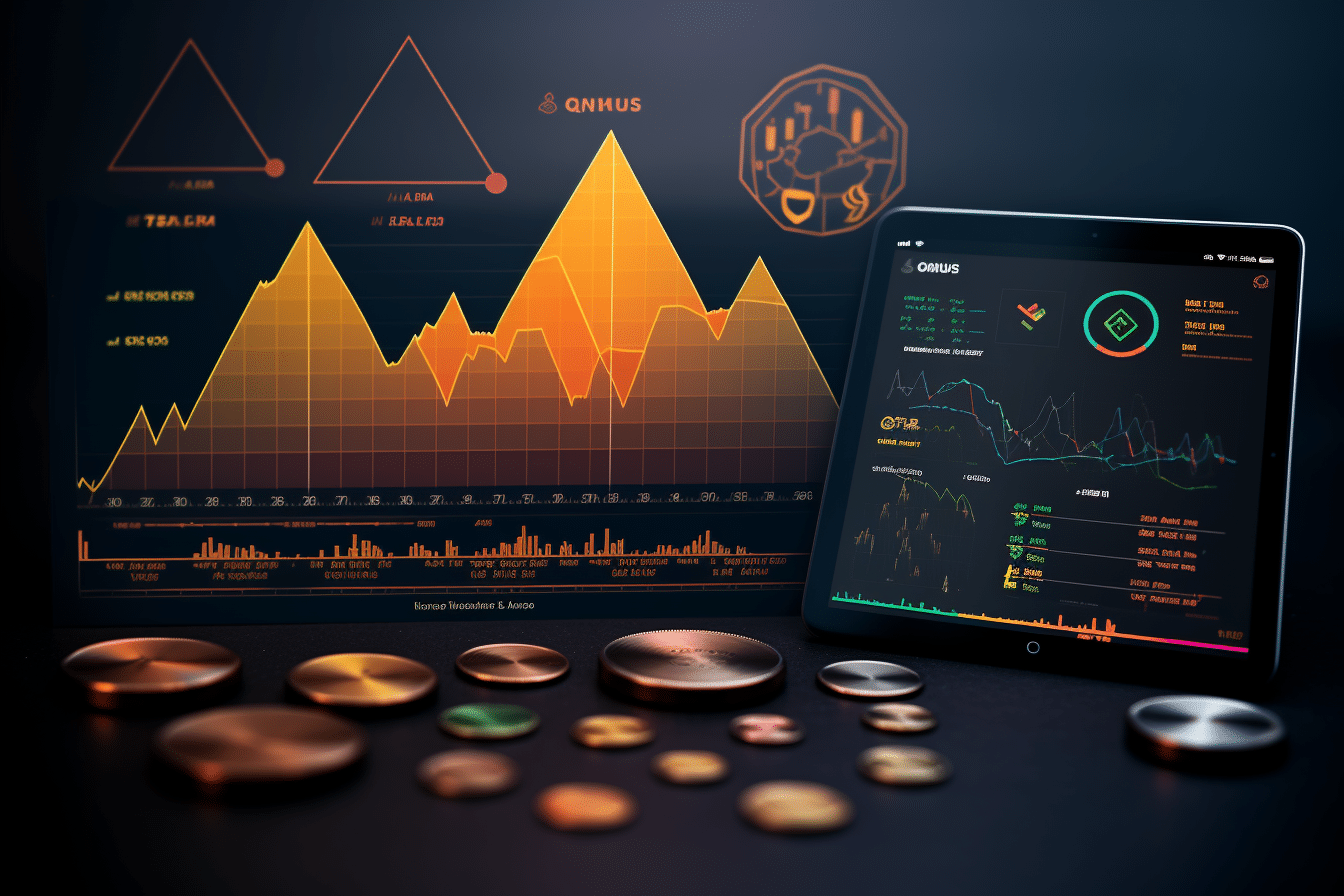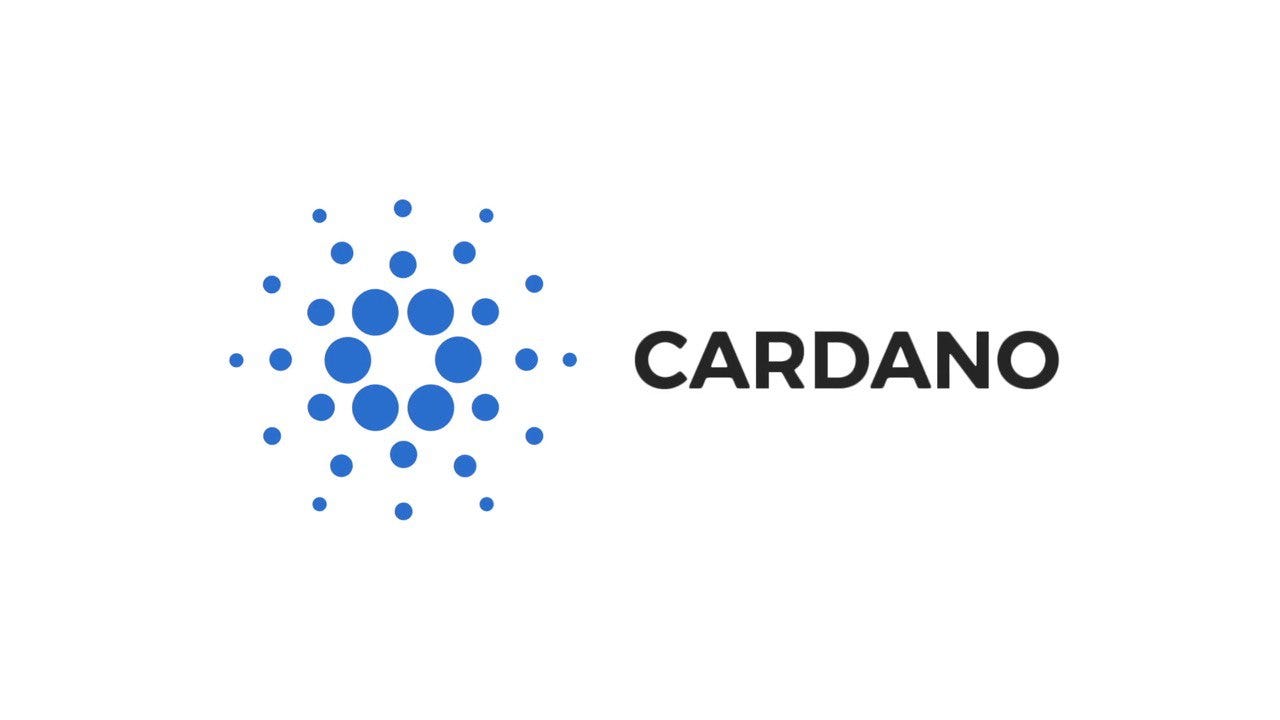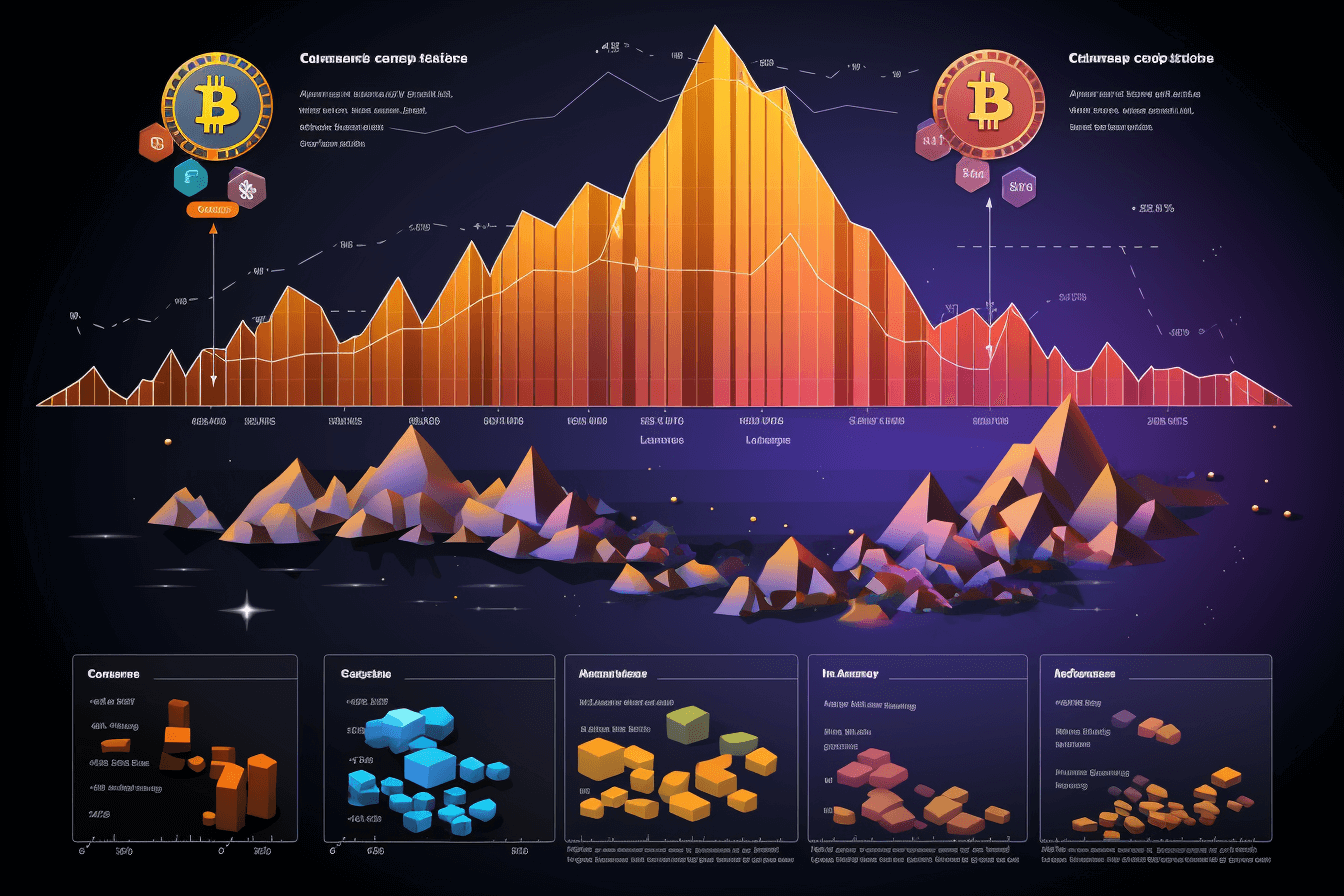What is Cardano? Beginner’s Guide to ADA Blockchain (2024)
In the transitioning realm of cryptocurrency and blockchain technology, Cardano stands out as a unique and innovative platform. As of 2024, it remains a significant player in the blockchain arena, offering a...

In the transitioning realm of cryptocurrency and blockchain technology, Cardano stands out as a unique and innovative platform. As of 2024, it remains a significant player in the blockchain arena, offering a host of features and applications that set it apart from earlier blockchain generations.
This beginner’s complete guide aims to provide an overview of what Cardano is, its underlying technology, the ADA token, and its practical applications.
Cardano’s inception and founders: An introduction

Introducing Cardano – Image via Cardano
Cardano‘s inception is rooted in a vision to create a more scientifically-driven and sustainable blockchain platform. The project was co-founded by Charles Hoskinson and Jeremy Wood, both of whom had significant roles in the early days of Ethereum.
Hoskinson, a co-founder of Ethereum, envisioned a blockchain that was more rigorously developed and grounded in academic research, leading to the creation of Cardano. The project was initiated in 2015 when Hoskinson and Wood established Input Output Hong Kong (IOHK).
In September 2017, the network went live with its mainnet, introducing the ADA cryptocurrency and its unique Ouroboros Proof-of-Stake (PoS) algorithm. This launch was not just a technical achievement. It was also the realization of the founders’ vision to combine technological innovation and academic research.
Once you understand the basics, take the next step with our step-by-step beginner’s guide on how to buy ADA in 2024.
Unveiling the core features of Cardano
Take a look at some of the most crucial features that form the backbone of the Cardano ecosystem:
1. Ouroboros PoS algorithm
Unlike Bitcoin’s energy-intensive Proof-of-Work (PoW) model, Cardano uses Ouroboros, an innovative PoS mechanism. Ouroboros finds its roots in peer-based research, and its approach significantly reduces energy consumption and allows for faster transaction processing.
2. Two-layer architecture
Cardano is designed with two separate layers: the Cardano Settlement Layer (CSL) for handling transactions and the Cardano Computation Layer (CCL) for smart contracts and applications. This separation enables more flexibility and easier upgrades. These layers work together to enable Cardano to achieve an average of 250 transactions per second (TPS).
3. Smart contracts and decentralized applications (dApps)
Like Ethereum, Cardano enables the development of dApps and smart contracts. Cardano has a native smart contract language model called Plutus.
It is a Turing-complete language that is compatible with the Ouroboros consensus mechanism. However, it aims to offer more advanced features and a more secure and scalable framework for developers.
Explore ADA’s long-term potential, including the possibility of ADA reaching $1000 by 2040, to understand its future investment prospects.”

Delving into the core features of Cardano
4. Interoperability
Cardano aims to bridge the gap between various cryptocurrencies by enabling interoperability. It also features a democratic governance system that allows ADA holders to vote on proposed updates to the software.
5. Sustainability
The Cardano Foundation, IOHK, and EMURGO, the three organizations behind Cardano, emphasize the sustainability of blockchain. They aim to make Cardano a self-sustaining system in the long term.
Decoding the Cardano eras
Cardano’s development is structured into five distinct phases, or “eras,” each named after a historical figure and designed to focus on specific goals and advancements for the blockchain. Furthermore, these eras represent a significant step in the evolution of the Cardano platform.
1. Byron era
The Byron era, named after the poet Lord Byron, marked the launch of the Cardano platform. The primary goal was to create a stable and secure network and introduce the ADA cryptocurrency to the world. It was about building the foundational layer of the Cardano blockchain.
Byron saw the establishment of the initial functionality of Cardano, allowing users to buy and sell ADA. The era was also marked by the development of the Daedalus wallet, a secure wallet for the Cardano network, and the basic functionality of the blockchain, including the ability to conduct transactions.
2. Shelley era
Named after the poet Percy Bysshe Shelley, this era focused on the decentralization of the Cardano network. The main goal was to ensure that the network became more robust and fully decentralized, moving away from a federated model to a community-run model.
The Shelley era successfully introduced the Ouroboros Praos, an upgrade to the original Ouroboros consensus protocol, enhancing security and decentralization. It marked the beginning of stake pools and delegation that let ADA holders take part in the network and earn rewards. Therefore, it significantly increases the network’s decentralization.
3. Goguen era
Named after the computer scientist Joseph Goguen, this era focused on integrating smart contracts into the Cardano platform. The goal was to enable the development of dApps and to make the platform more accessible to a wide spectrum of developers, not just those who are experienced in blockchain-specific languages.
The introduction of Plutus, a smart contract development language, and Marlowe, a domain-specific language for financial contracts, were significant milestones. These advancements allowed developers to create powerful, secure, and versatile dApps and smart contracts on the Cardano network.
Gain insights into Cardano’s performance in the near future with our in-depth analysis of how Cardano will fare in 2024.

The five eras of Cardano
4. Basho era
Named after the Japanese haiku master Matsuo Basho, this era is focused on improving the scalability and interoperability of the Cardano network. The primary objectives are to enhance the network’s performance to handle more transactions and to interact more efficiently with other blockchains.
The Basho era is expected to introduce sidechains and other scaling solutions that will increase the capacity of the network and improve its ability to handle a large number of transactions, as well as enhance data storage efficiency.
5. Voltaire era
Named after the French Enlightenment writer Voltaire, this era aims to introduce a self-sustaining governance model to Cardano. The goal is to establish a voting and treasury system, allowing network participants to use their ADA holdings to vote on future development and funding proposals.
The anticipated achievements include the implementation of a decentralized governance model that will ensure the long-term sustainability and self-sufficiency of the Cardano ecosystem. Furthermore, it will enable ADA holders to directly influence the future development of the network.
Each era of Cardano represents a significant step towards creating a more robust, scalable, and user-friendly blockchain platform. The advancement through these periods shows Cardano’s dedication to ongoing innovation and development in the blockchain industry.
Understand the legal and financial implications by exploring whether ADA is classified as a security and why it’s significant for investors.
Exploring the basics of ADA tokens
ADA tokens are the native cryptocurrency of the Cardano blockchain, playing a crucial role in the ecosystem. They are named after Ada Lovelace, a 19th-century mathematician recognized as one of the first computer programmers. ADA tokens serve multiple functions within the Cardano platform, aligning with the network’s broader goals of creating a more sustainable, scalable, and interoperable blockchain.
The maximum supply of ADA is capped at 45 billion tokens. The circulating supply of ADA, at the time of writing, stands at 35,423,503,951 ADA, with a market cap that currently stands at $17,862,855,158. Additionally, the overall statistics elevate the ranking of ADA tokens to #8.

The intricacies of ADA tokens
Main functions of ADA tokens
- Staking and network security: ADA holders can participate in the network’s proof-of-stake consensus mechanism by staking their ADA in a staking pool or by running a stake pool themselves. Additionally, this process helps provide foolproof security and validate transactions. Furthermore, in return, participants receive ADA as rewards, proportional to the amount staked.
- Governance: In the future phases of Cardano (particularly the Voltaire era), ADA holders will have the opportunity to participate in the governance of the network. They will be able to use their ADA to vote on proposed updates, improvements, and funding decisions for projects on the Cardano blockchain.
- Transaction fees: ADA is used to pay for transaction fees on the Cardano network. These fees are required to conduct transactions and execute smart contracts. Moreover, it helps to fund network operations and distribute rewards to stakeholders.
- Transfer of value: Like other cryptocurrencies, ADA can be used as a digital currency for the transfer of value. Furthermore, in contrast to conventional banking systems, it lets users send and receive money efficiently and with little fees.
Use cases of Cardano
Take a look at these use cases of Cardano. So, go through these use cases to know more about Cardano:
1. Financial inclusion
Cardano’s goal of providing secure and scalable financial transactions can have a profound impact on promoting financial inclusion in underserved and unbanked regions.
By offering low-cost and accessible financial services, it can empower individuals and businesses to participate in the global economy, access credit, and save for the future.
2. Microtransactions
Cardano’s efficient blockchain can facilitate microtransactions, allowing for the transfer of very small amounts of value. This capability helps in various applications, such as pay-per-use services, content monetization, and rewarding user engagement in online platforms.
For those curious about Cardano’s price trajectory, discover whether ADA might reach $100 or $500 by 2030 in our analysis of bullish scenarios.
3. Healthcare records management
Cardano’s secure and decentralized ledger works on managing healthcare records and patient data.
Patients can have full control over their medical history, and healthcare providers can securely access and update records while maintaining patient privacy and data integrity.
4. Tokenization of assets
Cardano works on tokenizing a wide range of assets, including real estate, art, and intellectual property. Moreover, this opens up opportunities for fractional ownership, liquidity, and efficient trading of traditionally illiquid assets.

Exploring the use cases of Cardano
Summing up
Cardano, with its ADA token, represents a major leap forward in the realm of blockchain technology. The platform’s approach to solving the trilemma of scalability, security, and decentralization. Additionally, it also offers valuable insights into the future possibilities of blockchain technology. As the blockchain landscape continues to mature, Cardano’s ADA blockchain is poised to play a pivotal role in shaping this dynamic field.
Delegate Your Voting Power to FEED DRep in Cardano Governance.
DRep ID: drep12ukt4ctzmtf6l5rj76cddgf3dvuy0lfz7uky08jfvgr9ugaapz4 | We are driven to register as a DRep by our deep dedication to the Cardano ecosystem and our aspiration to take an active role in its development, ensuring that its progress stays true to the principles of decentralization, security, and community empowerment.DELEGATE VOTING POWER!







